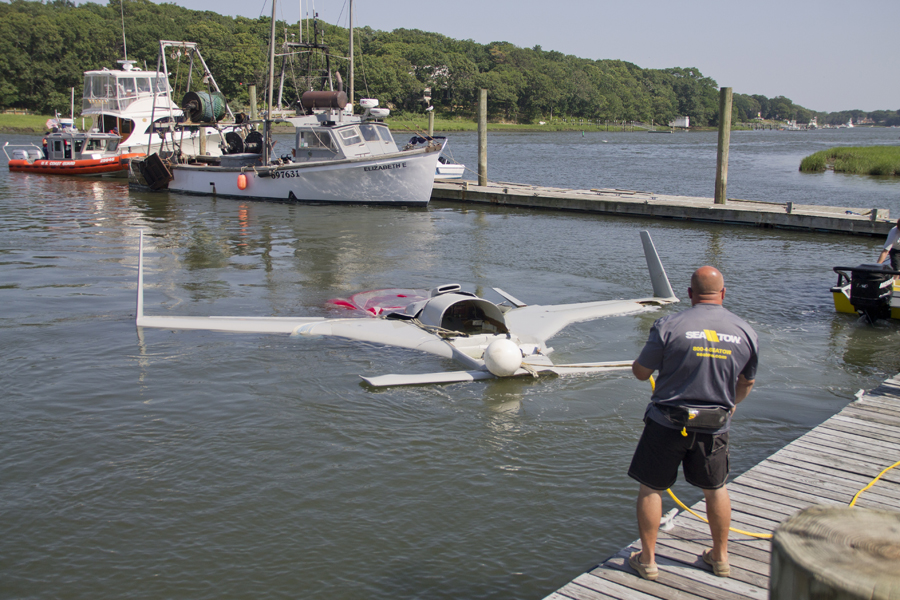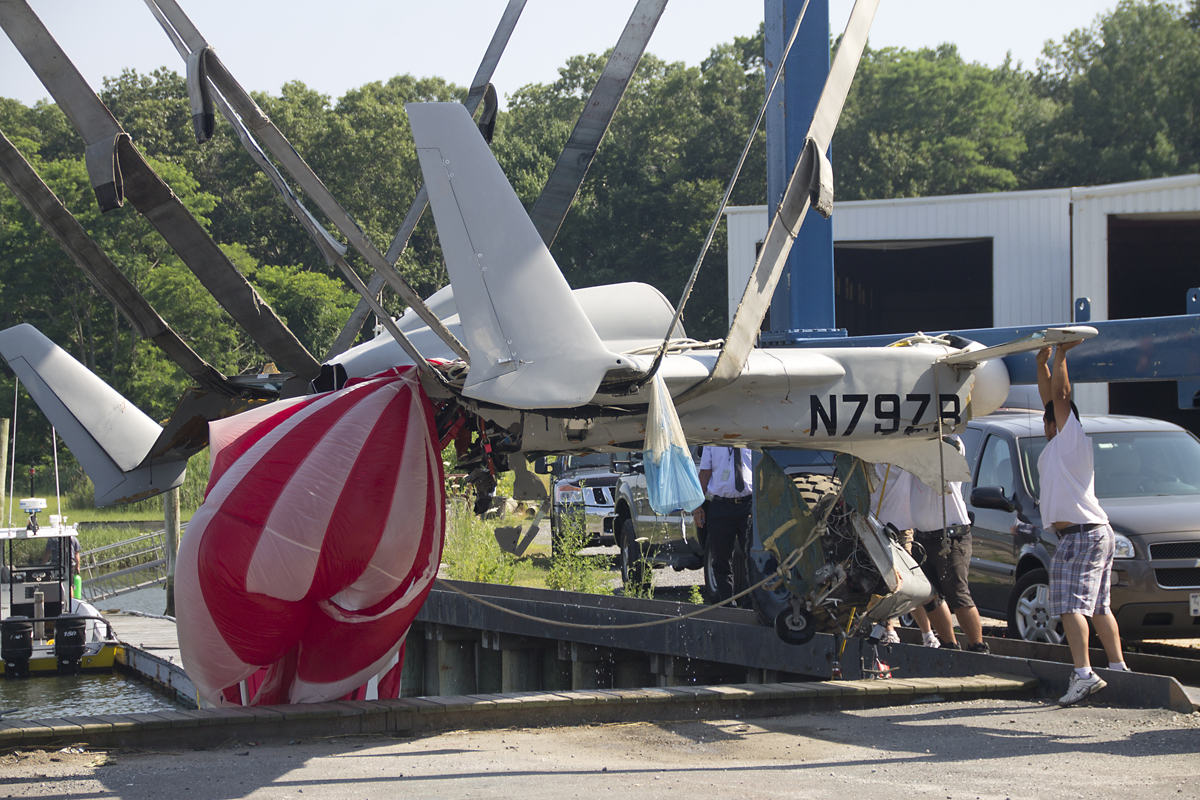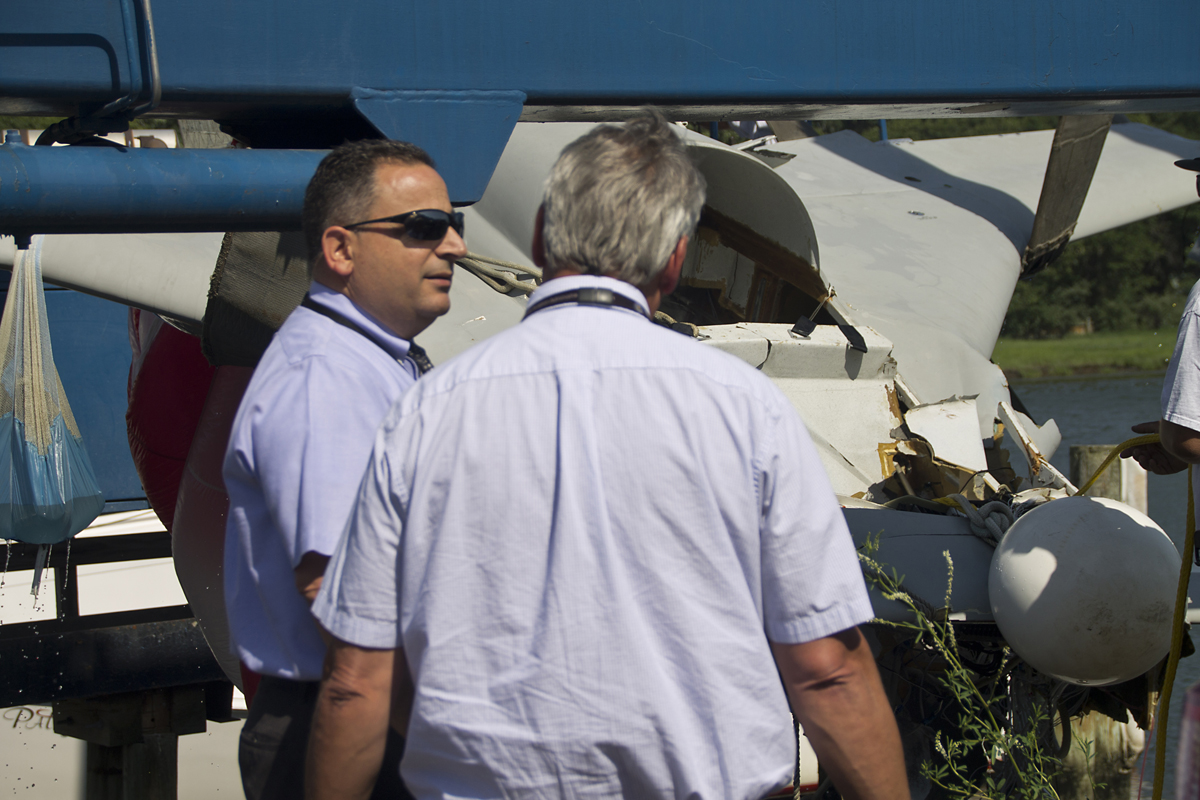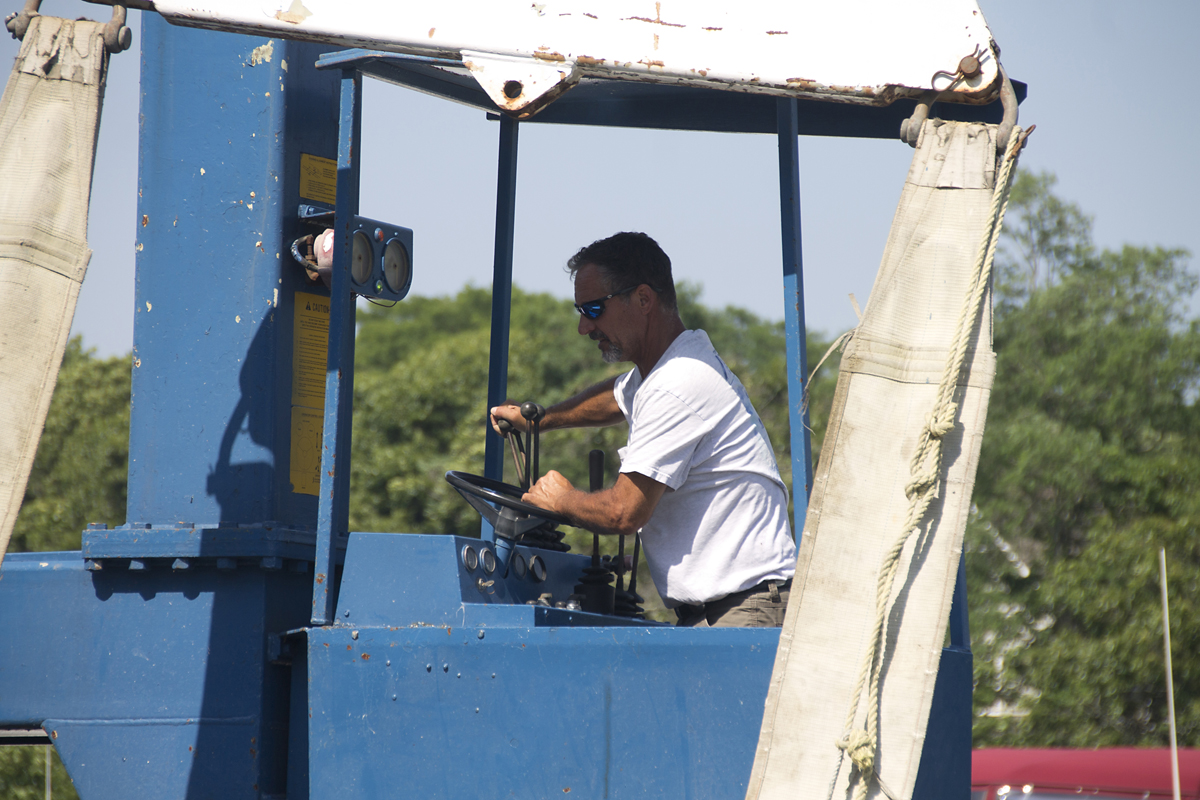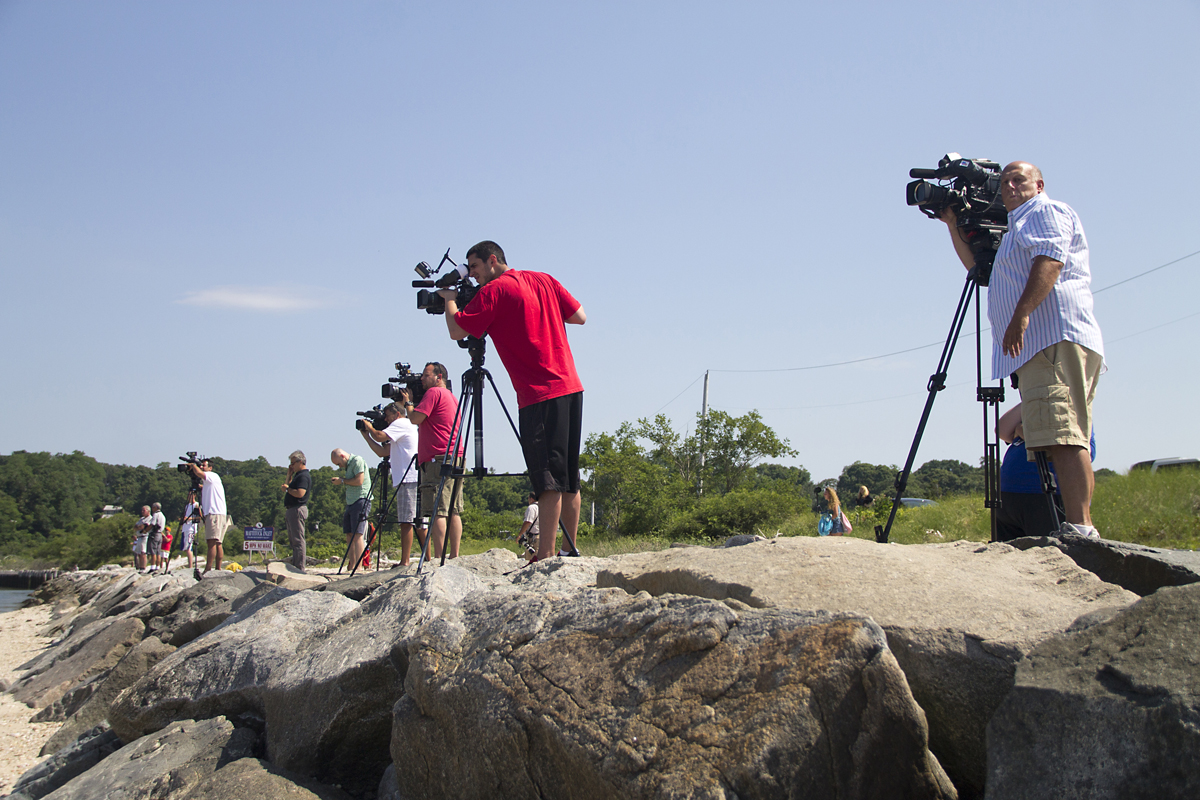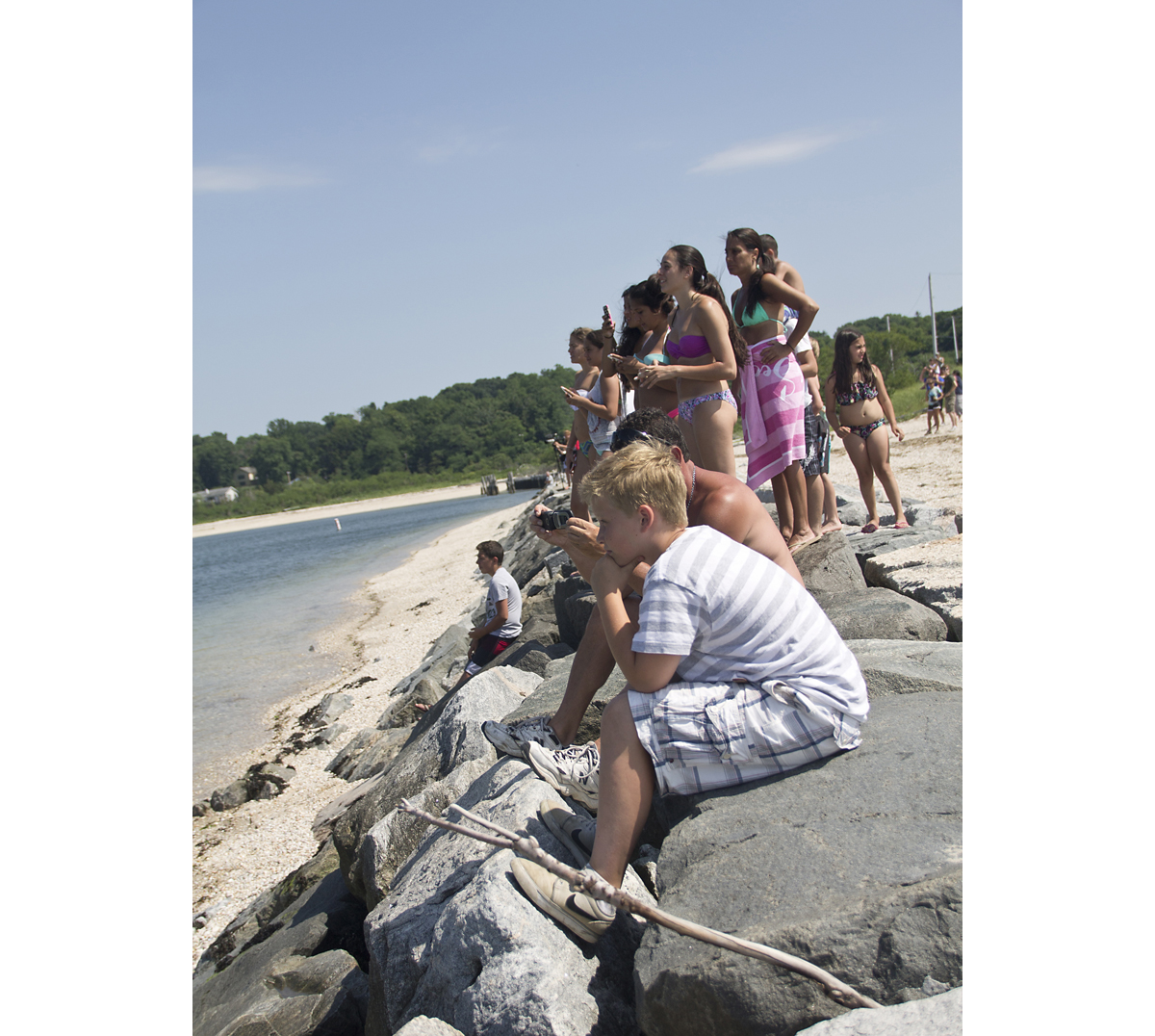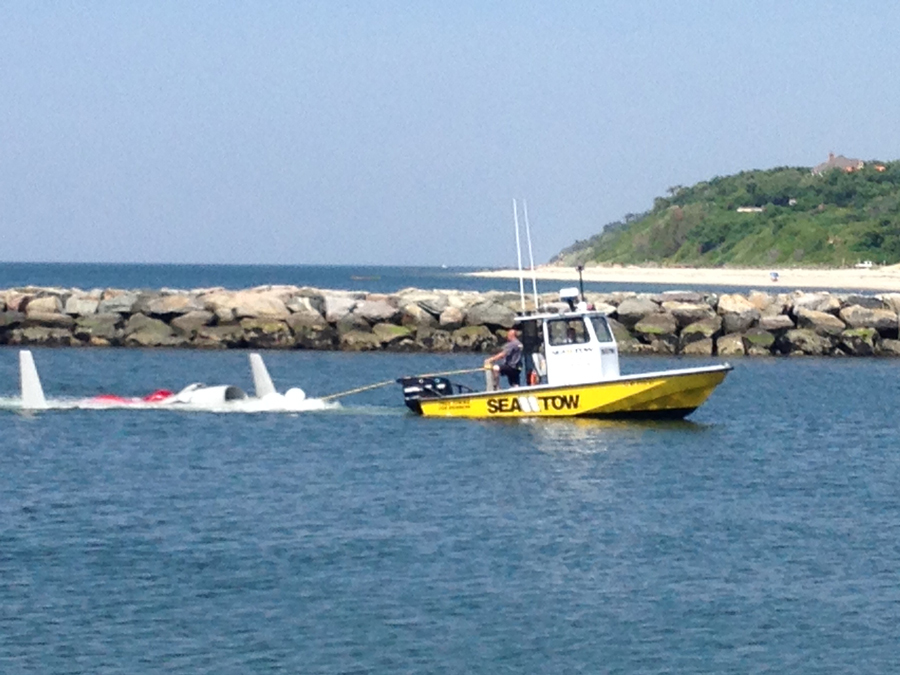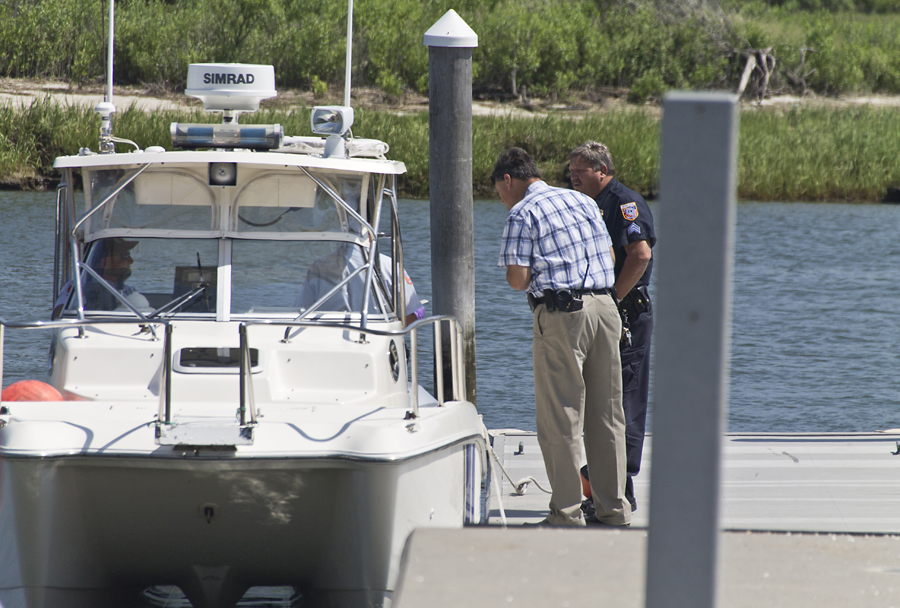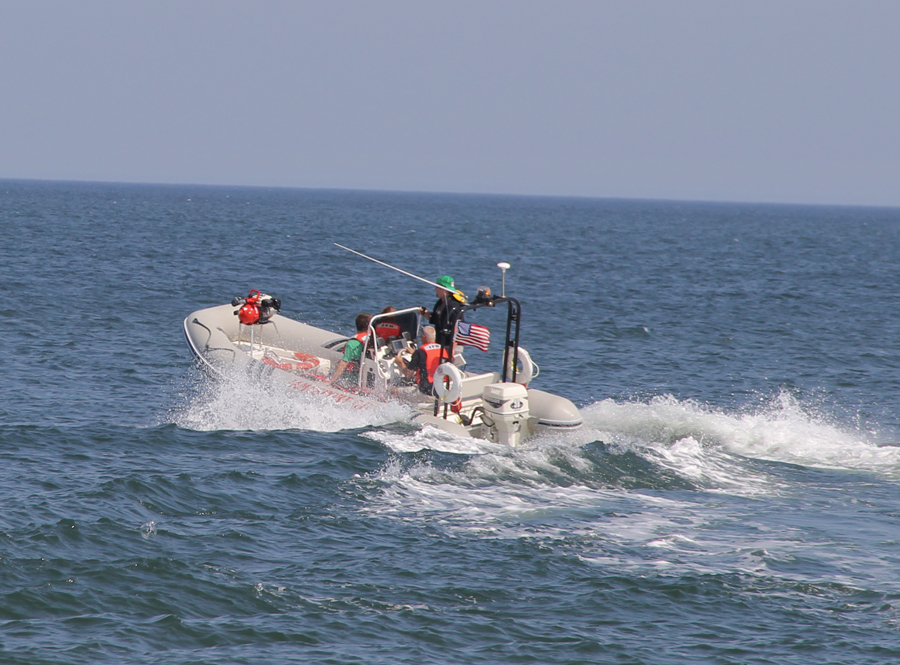Family: Crash victim was sweet man ‘crazed about planes’
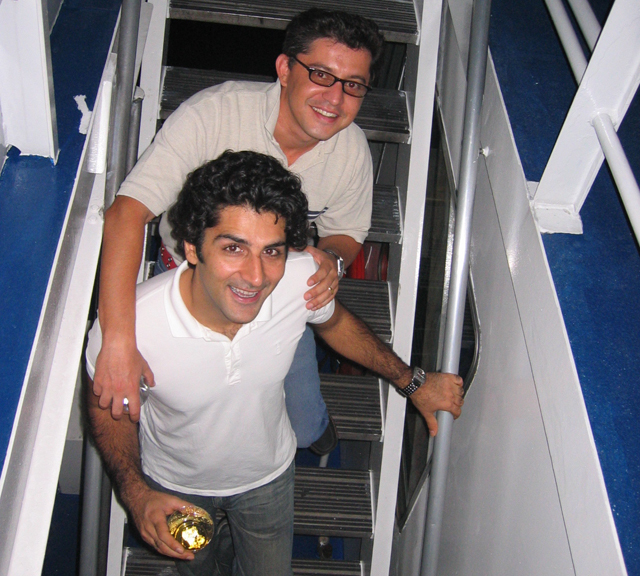
When Zubair Khan first set out in February 2012 to convert a twin-engine CoZy aircraft into one with a larger single engine, he was met with skepticism from like-minded individuals on an online aviation message board.
“Zubair, my friend, there is going to be a lot there that is harder than you think,” one man wrote the day after Mr. Khan purchased his plane from a pilot in Oregon who had abandoned a similar project.
Mr. Khan responded with the same enthusiasm he often displayed on the message board while documenting his 25-month journey from purchasing the plane — and converting it into an amateur-built fixed-wing Raven powered by a Lycoming engine — to taking it on its first test flight in March.
“I am glad you brought this up,” the West Village resident wrote. “I did ask a lot of canard builders and experts before jumping into this, and pretty much everyone told me to stay away from it. But I couldn’t.”
He concluded his response by writing: “I am so new to all of this that I am pretty much depending on these comments to save my life.”
Mr. Khan, 41, was identified Monday afternoon as the pilot who was killed when he crashed his experimental aircraft into Long Island Sound off the Mattituck shoreline during a test flight from Brookhaven Calabro Airport in Shirley. His first test flight with the aircraft was on March 15, according to his message board posts.
Mr. Khan, a native of Pakistan and a veteran of its navy, joined his older brother in the United States, while his parents and sister stayed behind, a family member said. He earned a master’s degree in computer science from the University of Texas at Arlington in 1999. He and his brother both later relocated to New York City.
His parents were in the U.S. visiting Mr. Khan and his brother at the time of crash, his brother-in-law Umar Niazi said in an email.
“Zubair was the most sweetest kid to hang around,” said Mr. Niazi, a classmate of Mr. Khan’s in Pakistan in the late 1980s. “His craze for planes and flying was right from the outset,” Mr. Niazi wrote, adding that Mr. Khan’s father is a retired Pakistani Army colonel.
Mr. Khan was a financial software engineer who had worked for several major international banks in recent years, according to his online résumé on LinkedIn.
“At the moment, no one from the family is able to speak on his sudden tragic death,” Mr. Niazi wrote.
A funeral for Mr. Khan will be held at 1:15 p.m. Wednesday, July 9 at the Islamic Center Of Melville and will continue to Pinelawn Memorial Park in Farmingville at 2:30 p.m.
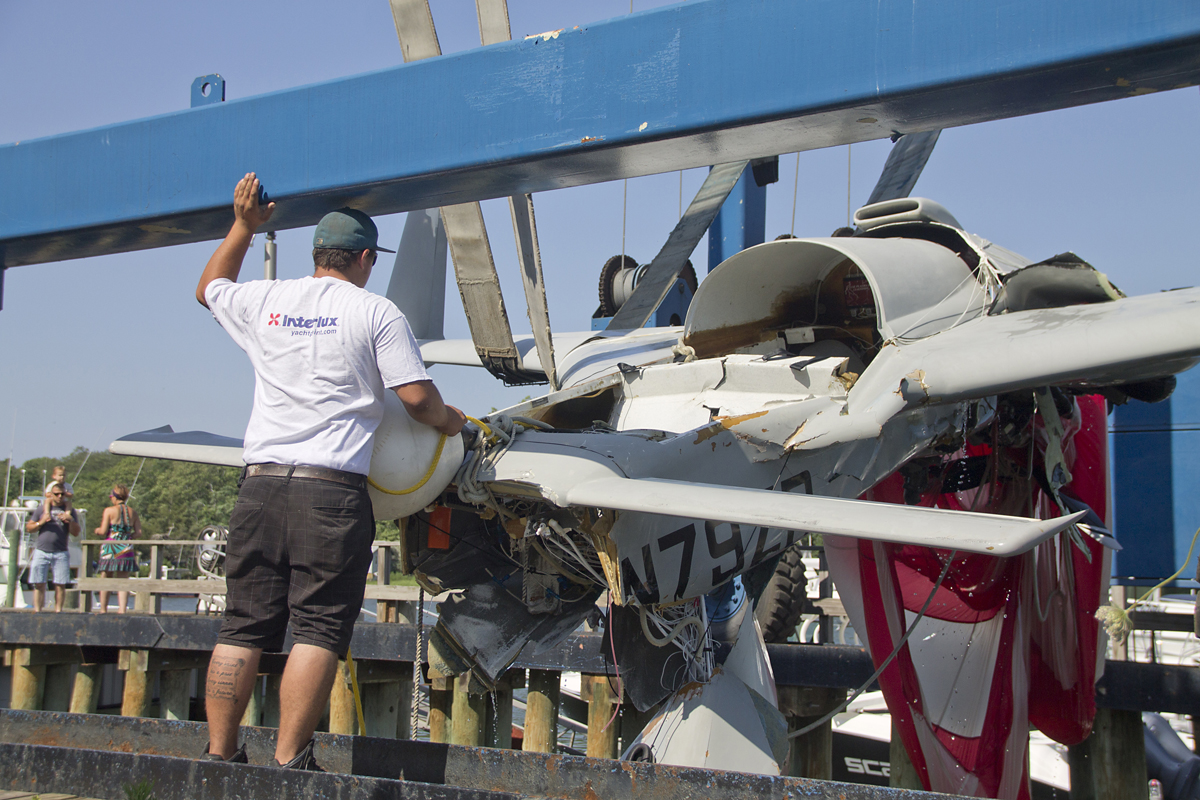
Brookhaven Calabro Airport manager Matt Holmes said that when he arrived for work at 7 a.m. Monday, Mr. Khan had already left the runway.
Brookhaven is a towerless airport, meaning planes are free to fly or land when they want without communicating with an air traffic controller, Mr. Holmes said. Though the airport is staffed from 7 a.m. to 9 p.m., pilots can take off or land at any time.
U.S. Coast Guard officials said they received an 8:50 a.m. notification from a seaplane pilot in the vicinity of the crash that a “small, white, experimental aircraft with a parachute deployed” had possibly gone down in the Sound.
John Kelly, owner of the Connecticut charter service that owned the plane whose pilot notified the Coast Guard, said his pilot circled the area of the crash several times in attempt to spot someone in the water.
“He circled a few times and he couldn’t find anyone,” Mr. Kelly said. “He circled until he was notified by the Coast Guard that they were on their way and he could continue on.”
The Coast Guard soon found the aircraft submerged in the water north of Mattituck, an FAA spokesman said.
While a parachute had been deployed from the plane, Mr. Khan was found inside the aircraft, according to Detective Sgt. John Sinning of the Southold Police Department. Southold police and Mattituck Fire Department divers recovered the body, officials said, and Sea Tow brought the downed airplane back to Mattituck Inlet Marina, where it was hoisted from the water about 4 p.m. Monday.
An FAA spokesperson said the next of kin was identified at 1:30 p.m. Monday.
The National Transportation Safety Board is the lead agency investigating the crash. An initial report is expected next week, an NTSB spokesman said.
Mr. Holmes, the airport manager, said he had not heard about the crash prior to being notified by the FAA.
“I was shocked when the FAA called,” he said, adding that accidents involving planes based at the airport are rare. Mr. Holmes and an employee at Mid-Island Air Service, where Mr. Khan rented hangar space, said he was a quiet man who mostly kept to himself while working on his plane.
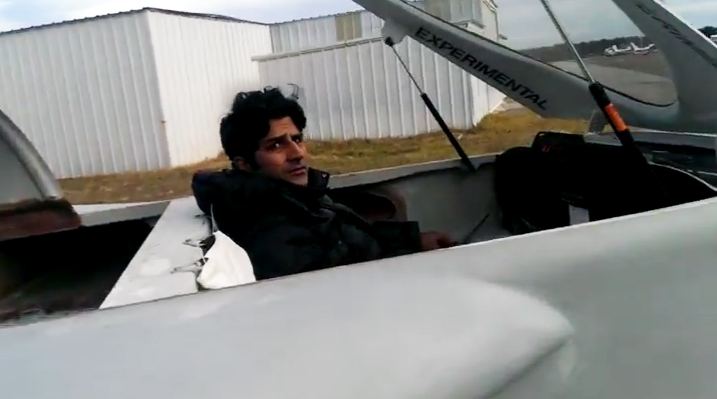
Mr. Khan began his project at the Sullivan County Airport in Bethel, N.Y., in February 2012, but the airport superintendent there, Mike Mullen, said airport records show he moved his plane to Shirley six months later.
Marc Zeitlin of Tehachapi, Calif., an aircraft engineer who had advised Mr. Khan, said he made the transition to Long Island so he could be at an airport with more aviators working on similar projects. CoZys are planes built by individuals using blueprints.
Mr. Zeitlin, an MIT graduate who consults on projects around the globe, estimates there are fewer than 4,000 CoZy planes flying in the U.S. today. He said there are probably 300 to 400 of the type of four-seat CoZy plane Mr. Khan was flying.
NTSB records show there have been only seven other fatal CoZy crashes in the U.S. in the past 20 years. The most recent was recorded two years ago this week in Winslow, Ariz.
Mr. Zeitlin admits he was one of the aviators who was initially skeptical of a man with Mr. Khan’s limited experience taking on an aircraft project of this magnitude. But over the past two years, he said, he grew to respect Mr. Khan as someone who was “diligent about [working] safely and doing it right.”
“He did a tremendous amount of work over the past two years,” said Mr. Zeitlin, who visits New York on a regular basis and had inspected Mr. Khan’s plane in its hangar in Shirley. “I gave him a lot of credit.”
Mr. Zeitlin said he spoke with Mr. Khan in June, and while he reported several hiccups during his test flights over the past four months, their was nothing unusual about the flights.
“He had some minor issues, nothing big,” he said. “That’s always the case.”
Editor’s Note: A previous version of this story said Mr. Khan was from Afghanistan. A family member later commented that “he belonged to Bannu and then later settled at Peshawar in Pakistan.” We regret the error.
